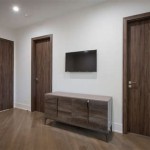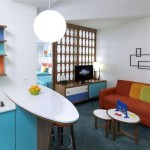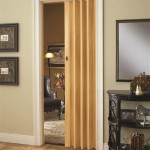## Essential Aspects of Interior Design Artwork In the realm of interior design, artwork transcends mere decoration; it becomes an integral element that elevates the ambiance and reflects the personality of the space. Here are some crucial aspects to consider when selecting and incorporating artwork into your interior design scheme:
Cohesion with the Overall Design: Artwork should harmoniously blend with the existing décor, complementing the color palette, style, and textures. Consider the scale, proportion, and placement of the artwork to ensure it enhances the overall design concept rather than detracting from it.
Focal Point and Balance: Create a focal point in the room by positioning a statement piece or a group of smaller artworks in a central location. Balance the visual weight of the artwork by distributing it evenly throughout the space or by creating a symmetrical arrangement.
Personalization and Meaning: Choose artwork that resonates with your personality, interests, and style. Whether it's a favorite painting, a cherished photograph, or a meaningful sculpture, let the artwork reflect your unique taste and create a connection to your living environment.
Scale and Proportion: The size and scale of the artwork should be appropriate for the space it occupies. Large-scale pieces can make a bold statement, while smaller works can add subtle accents or fill in empty corners. Consider the room's dimensions, furniture arrangement, and viewing distance when selecting the size of the artwork.
Lighting and Display: Proper lighting is essential to showcase artwork effectively. Use natural light, ambient lighting, or directional spotlights to highlight specific features or create a dramatic ambiance. Consider the frame or mount of the artwork as it can enhance its presentation and protect it from damage.
Variety and Texture: Incorporate a variety of textures and materials into your artwork selections to add depth and interest to the space. Paintings, prints, photographs, sculptures, and textiles can all contribute to a diverse and visually appealing display.
Functionality and Purpose: Artwork can serve both functional and aesthetic purposes. Consider the use of tapestries or textiles to absorb sound, wall hangings to divide a room, or decorative mirrors to reflect light and create the illusion of space.
Investment and Value: Investing in quality artwork not only enhances the aesthetics of your home but can also increase its value over time. Research artists, galleries, and art fairs to find pieces that align with your taste and budget.
By carefully considering these aspects, you can seamlessly integrate artwork into your interior design, transforming your living space into a sanctuary that reflects your individuality and inspires joy.Wall Art As A Must Component Of An Interior Design Trend Gallery Great Britain Trendgallery Original Abstract Paintings

Art To Match Your Interior Design Styles Artlita

16 Masterful Interior Design Tips Wall Art Prints

Fine Art And Interior Design Inspiration Ideas Brabbu Forces

Art Interior Design Living Room

The Importance Of Art In Interior Design Dcor Blog

How To Incorporate Art Into Your Living Decor Santa Barbara Design Center

The Importance Of Art In Interior Design Dcor Blog

9 Modern Interior Design Examples Wall Art Prints

Expert Tips For Choosing The Interior Design Paintings Your Home








